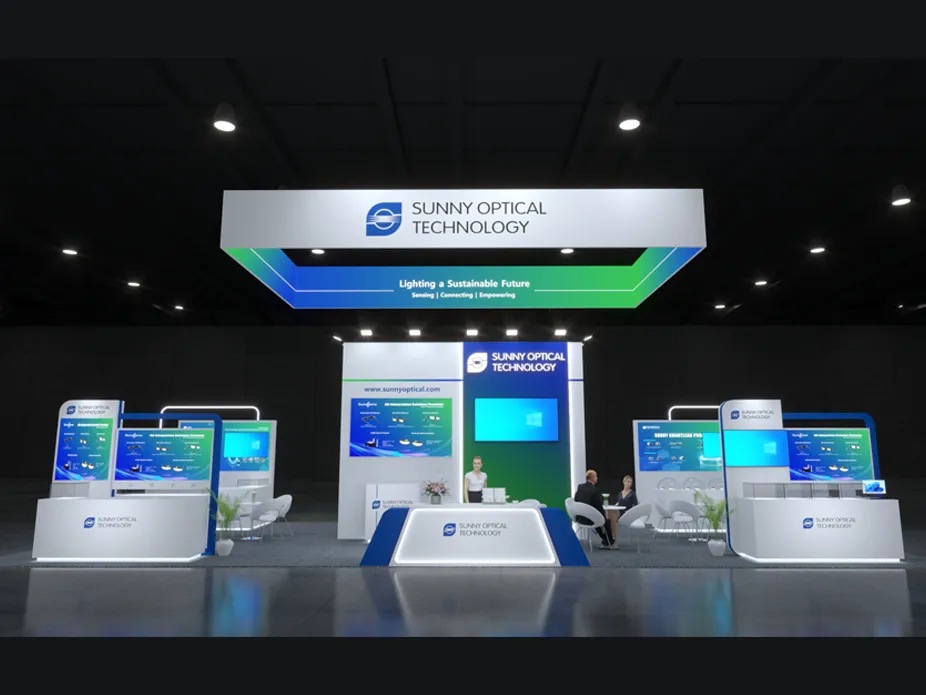LiDAR (Light Detection and Ranging) technology in cars works by emitting laser pulses that bounce back off of objects and return to the sensor, providing information about the distance, speed, and shape of the objects.
A lidar sensor typically consists of a laser emitter, a rotating mirror to scan the laser beam in different directions, and a detector to sense the returning laser pulses. The sensor emits a laser pulse that bounces off of an object and returns to the detector. By measuring the time it takes for the laser pulse to return and the properties of the reflected light, the sensor can calculate the distance and shape of the object.
LiDAR technology may be affected by rain or other adverse weather conditions, as the laser beams emitted by the sensor can be scattered by particles in the air, making it more difficult to accurately calculate the distance and shape of objects.
However, some LiDAR sensors are designed to use longer wavelengths, which are less affected by atmospheric interference than shorter wavelengths, and can more easily penetrate through fog and rain. Additionally, some lidar sensors use multiple wavelengths to improve performance in different weather conditions.
Despite these advancements, LiDAR performance may still be impacted by heavy rain, snow, or other severe weather conditions, which can limit the range and accuracy of the sensor. As a result, car manufacturers often integrate multiple sensing modalities, such as radar and cameras, to complement lidar sensing and provide a more robust perception system, especially in challenging weather conditions.
LiDAR technology in cars is used to sense and map the surrounding environment, providing valuable information that can be used in autonomous driving and advanced driver-assistance systems (ADAS). The technology works by sending out laser beams that bounce back to the vehicle after reflecting of surfaces, providing information about the distance, shape, and location of objects in the surrounding area.
The main advantage of LiDAR technology in cars is that it allows for highly accurate and precise environmental mapping in real time, which can significantly improve the safety and capabilities of autonomous vehicles. By using LiDAR vehicles can more accurately detect and respond to obstacles, pedestrians, and other vehicles, and avoid collisions through highly strategic maneuvers.
LiDAR technology is often used in conjunction with other sensing modalities, such as radar and cameras, to create a more comprehensive and robust perception system. These multiple sensors can provide a richer, more detailed mapping of the surrounding environment, enabling the vehicle to better perceive and navigate through complex traffic situations or challenging environmental conditions.
Overall, LiDAR technology in cars is a critical component of autonomous driving, as it provides highly accurate information that is critical for navigational control, collision avoidance, and real-time driver assistance.

【Exhibition Invitation】Visit us at CES 2026!
2025-12-10

Sunny Optical Gets Group LiDAR Standard Approved, Using Innovative Optical Solutions to Unlock Key Step in Mass Production
2025-11-25
![[Exhibition Invitation] Sunny Automotive Optech Invites You to the 26th China International Optoelectronic Exposition (CIOE 2025) [Exhibition Invitation] Sunny Automotive Optech Invites You to the 26th China International Optoelectronic Exposition (CIOE 2025)](/uploads/image/20250908/首图7.webp)
[Exhibition Invitation] Sunny Automotive Optech Invites You to the 26th China International Optoelectronic Exposition (CIOE 2025)
2025-09-08

Inquiry
Excellent Customer Service Ability
Key customer manager mechanism
Oversea supporting points
Excellent Process Control Ability
Fully automated production
DMC traceability management
VDA6.3 / IATF16949 verifications
Excellent R&D Ability
Advanced technology new product development cooperation
Cost-effective optical solution proposal based on customer needs
Ecosystem resource integration